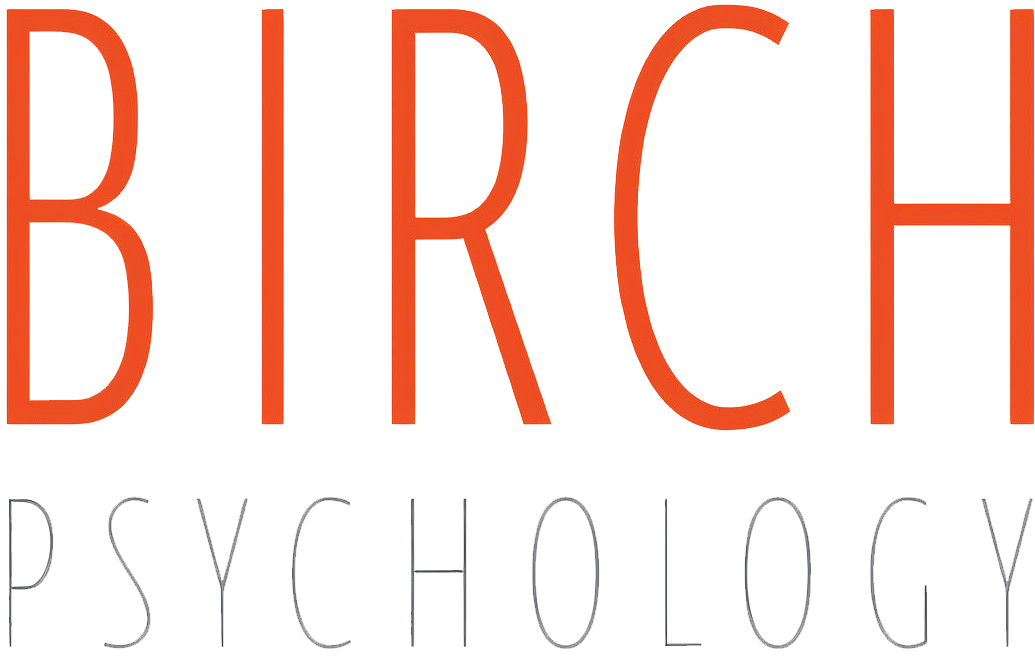The Case of the Winter (and Summer) Blues
Spring is almost upon us here in the Northern Hemisphere, and with that means a few more sunny days and hours of sunlight, something that I’m sure a lot of us have been counting down the days for. You might have heard about seasonal depression, also sometimes referred to as the “winter blues,” but did you know that seasonal affective disorder (SAD) is something that is actually recognized in the Diagnostic Statistical Manual of Mental Disorders (DSM)?
SAD is, in the DSM, categorized as Major Depressive Disorder (MDD) with a seasonal pattern. What this means is that SAD is MDD, just with a seasonal, recurring pattern; SAD is not something that you should ignore! Theorized to occur due to a chemical change caused by a decrease of hours of sunlight in a day, SAD is something that affects 5 percent of adults in the US, and commonly persists for 40 percent of the year. SAD is not very well understood, but there are some other theories that say that it might be triggered by the lessening of hours of sunlight disrupting your natural biological clock, or circadian rhythm, which leads to feelings of depression and fatigue. Another theory is that the changing of seasons imbalances the amount of melatonin in your body, which is a hormone that helps regulate sleep patterns and mood. Interestingly, and despite these theories, some individuals have seasonal affective disorder that presents mainly during the sunnier summer months, though this form of SAD is rarer than winter SAD.
Both those who experience summer SAD and winter SAD are likely to experience more general symptoms of depression such as having a persistent sad or depressed mood; feelings of hopelessness, guilt, frustration, and/or fatigue; loss of interest in hobbies; difficulty concentrating; and thoughts of suicide. However, symptoms can also differ between summer SAD and winter SAD. For example, those who experience winter SAD are more likely to experience things like oversleeping, overeating, and withdrawing socially; and those who experience summer SAD are more likely to experience insomnia, a lack of appetite, restlessness, aggressive behavior, and anxiety.
Factors like having a family history of SAD, depression, or schizophrenia; and a personal history of major depression or bipolar disorder; living far from the equator; having been assigned female at birth; as well as being a younger adult can all increase your likelihood of SAD. Having other mental disorders such as ADHD, anxiety or panic disorders, or eating disorders can all increase your chances of experiencing SAD. However, SAD is also very treatable. Light therapy is one such option of treatment, which involves sitting in front of a light box for less than an hour each day from fall to spring. Psychotherapy is also an option, with there even existing a unique form of cognitive behavioral therapy (CBT) for SAD, called CBT-SAD. Antidepressant medication as well as vitamin D for those who experience SAD in conjunction with a vitamin D deficiency, can both also be efficient treatments.
If you find yourself struggling with the “winter blues,” or if you think you might have the “summer blues,” it might be time to talk to someone about it. You don’t have to struggle by yourself, your feelings are valid and deserve to be heard!
Ayanna Schubert
Birch Psychology
Resources
https://www.hopkinsmedicine.org/health/conditions-and-diseases/seasonal-affective-disorder
https://www.psychiatry.org/patients-families/seasonal-affective-disorder
https://www.nimh.nih.gov/health/publications/seasonal-affective-disorder

